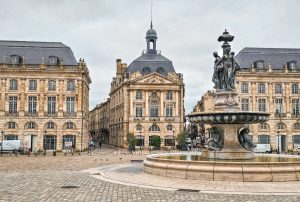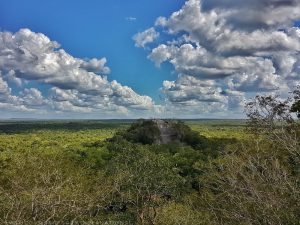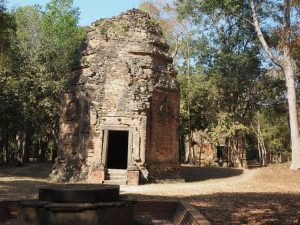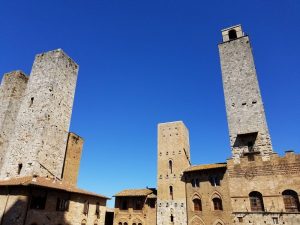Auschwitz Birkenau: German Nazi Concentration and Extermination Camp (1940-1945)
A Nazi extermination camp, now a place of remembrance of the atrocities committed by the Nazis in carrying out their so-called “Final Solution.”

A Nazi extermination camp, now a place of remembrance of the atrocities committed by the Nazis in carrying out their so-called “Final Solution.”

A port city of opulent architecture, especially classical and neo-classical, and the center of a centuries-old wine-producing region.

A huge Roman-era arena built for entertainment in a colony of the Roman Empire.

Remains of the period when Tarragona was Tarraco, the Roman capital of the Iberian peninsula.

A large 12th-century Cistercian abbey, considered an artistic masterpiece with a blend of architectural styles.

A large and biodiverse nature preserve with many species, most notably primates like chimpanzees, colobus monkeys and golden monkeys.

Two towns that exemplify vernacular urban architecture of the Ottoman era.

A vast nature park with a range of habitats, home to a huge diversity of flora and fauna, including the endangered eastern lowland gorilla.

A picturesque area of countryside and villages surrounded by a vineyard landscape; also an important pilgrimage stop.

Former capital city with an interesting fusion of traditional Lao architecture with European colonial styles.

Remains of a town and other monuments dating to the Dvaravati Empire, origin of the Si Thep School of Art.

Ruins of a Neolithic settlement 6000-9000 years old.

A Greco-Roman spa town and the enormous calcium terraces, waterfalls, basins and pools where it is located.

A classical temple with many original columns and the oldest Corinthian capital ever found.

A group of private Baroque palaces used by government in the 16th-17th-century to house visiting dignitaries.

Four churches built in a uniquely Filipino form of Baroque architecture.

An area of extraordinary natural beauty with distinctive karst formations and cave ecosystems.

46 charming traditional villages connected by a network of cobbled paths, arched bridges and stone staircases.

Archeological sites showing evidence of 1.83 million years of continuous hominid habitation.

A 12th-century cathedral with a mix of Romanesque and Gothic elements.

Eight Sicilian towns that were rebuilt in a distinctive Late Baroque style after a 1693 earthquake.

Extensive ruins of a Maya city inside a huge biosphere reserve.

A beautiful vineyard-covered landscape of terraced hillsides, almost a thousand years old.

A 16th-century villa with a garden that epitomizes the Renaissance aesthetic in garden design.

Ruins of an ancient town, much of it Roman-era, and birthplace of the cult of Venus.

A strategically-important port city dominated by two Venetian fortresses and showing influences from later French, British and Greek rule.

A group of 6th-7th-century Hindu temples where the capital of the Chenla Empire once stood.

An 11th-century Hindu temple complex in an isolated and dramatic location, with remarkably well-preserved architecture and art.

10th-century temples from a short-lived capital city, origin of the Koh Ker style of sculpture.

A huge trans-national site, significant in terms of geological processes, ecological zones, biodiversity and beauty.

A centuries-old Puebloan community that still practices the traditional ways, living in distinctive adobe houses.

A charming medieval town known for its tall towers and Sienese Gothic artworks.

A monument of religious architecture from the Carolingian period of European unification under Charlemagne.

A colorful colonial-era town of Baroque architecture and its church complex with Mexican Baroque murals.

A small city where influences from three different world religions are visible in its architecture and art.

The remarkably-preserved remains of ancient Roman cities destroyed in a sudden eruption of Mount Vesuvius.